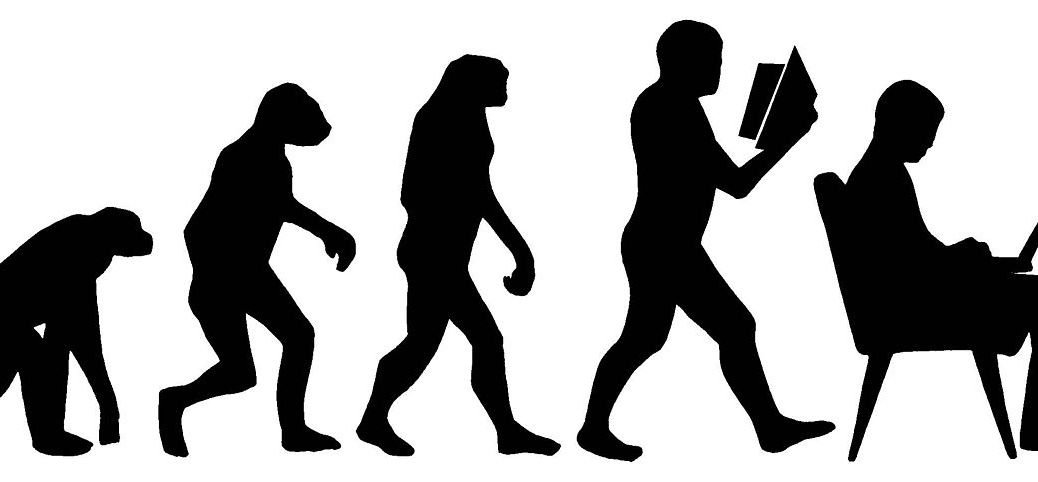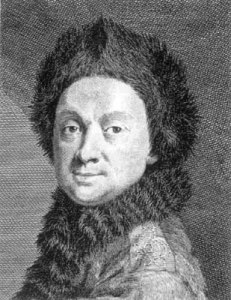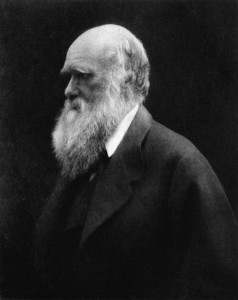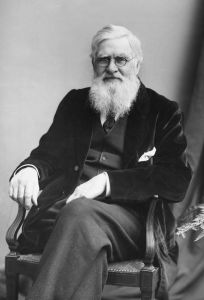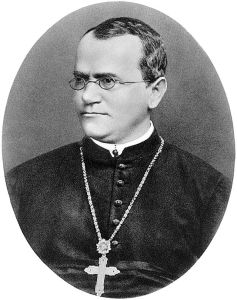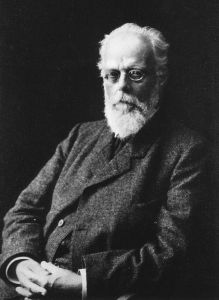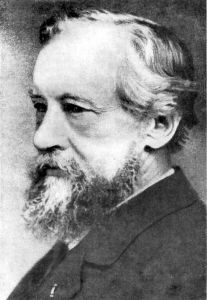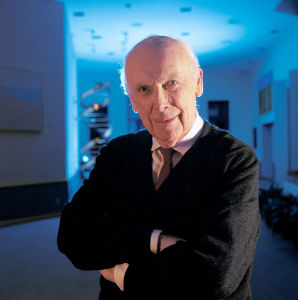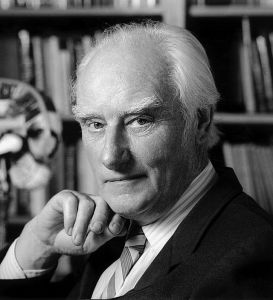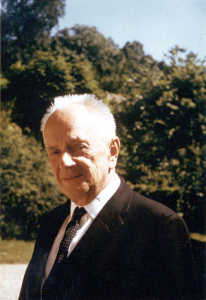Pauline Hanson was recently voted into the senate and as such she was given the opportunity to make a speech. Details are  here Pauline Hanson says Australia is in danger of being ‘swamped by Muslims’ in Senate speech
here Pauline Hanson says Australia is in danger of being ‘swamped by Muslims’ in Senate speech
Well Pauline, here is a rebuttal to some of the xenophobic diatribe you’ve been spilling out since you changed your tune from Asians to Muslims.
Dear Pauline,
Refugees do not receive more Centrelink payments than Australian citizens;
Response to Outlandish Claims About Benefits to Refugees: Update
“Sharia” dominated “No go zones” do not exist in Europe…nor America;
Debunking the Myth of Muslim-Only Zones in Major European Cities
According to Sharia, Australian Muslims are expected and obliged to observe and adhere to Australian law. Judicial sharia law (or fiqh) is not implicit to Islam in Australia;
Islamic Australia? What place is there for sacred law in a secular land?
 Europe is not being “overrun” by Muslims;
Europe is not being “overrun” by Muslims;
Dispelling The Myth of Eurabia
Muslims have repeatedly condemned the actions of ISIS and other extremist appropriations of Islam;
Muslims Around the World Speak Out Against Terrorist Attacks in Paris
Muslims Worldwide Denounce ISIS Terrorism
Paris Terrorist Attacks: Muslims, Iranian And Arab Leaders Condemn ISIS Violence In France
“Not in my name” – Muslims speak out against Paris attacks conducted in the name of Islam
Muslims are speaking out but no one is listening
 The Qur’an is no more “violent” than any other religious text (it is a select interpretation of the text, not the text itself, which is exploited by radical elements);
The Qur’an is no more “violent” than any other religious text (it is a select interpretation of the text, not the text itself, which is exploited by radical elements);
Which is more violent, the Bible or the Quran?
There is no singular universally accepted authoritative interpretation of Islam. Like most of the world’s major religions, Islam exists as a conglomerate of disparate sectarian ideologies. Radicalism exists on the periphery of every ideological system and Islam is no different, but to suggest that all Muslims are radical extremists is plainly ridiculous;
Are All Terrorists Muslims? It’s Not Even Close
How many Muslim extremists are there? Just the facts, please.
…and so it continues. The arguments used by One Nation and associated hate groups simply do not hold up to serious scrutiny;
The notion that Mohammad was a “paedophile” overlooks the obvious implications of historical context;
The truth about Muhammad and Aisha
Bible: Child Marriage in Ancient Israelite times – Paedophilia?
Age of Consent in European & American History
Culture of child marriage in medieval Europe
Without reference to historical context and the particular circumstances relating to the age of consent, the foundations of the entire modern and ancient world could be seen to have been founded by a litany of paedophiles and assorted sexual deviants (if we are to judge them by our contemporary standards).
 Child marriages in our modern world are not exclusive to, or inherent to, any specific religious group;
Child marriages in our modern world are not exclusive to, or inherent to, any specific religious group;
Child brides and the quran – Dispelling the misconceptions on international women’s day
Child Marriage A CFR InfoGuide Presentation
The simple fact is that while child marriage is prevalent among some Muslim majority states, child marriage is not restricted to Islam, and it’s prevalence is influenced more by socio-economic factors and cultural influence than religious affiliation.
…neither is FGM an exclusively Islamic based problem;
Fact-checking Reza Aslan on Bill Maher’s ‘not very sophisticated’ rant on Islam/
FGM is a cultural practice which predates Islam. It’s practice is influenced more by geographical location than religious affiliation. Christian majority nations and areas which follow various animist traditions also have high rates of FGM.
The claims that Halal Certification is a “tax” which funds terrorist  organisations is also a misnomer. The ACC and other government agencies have repeatedly stated that there is no link between halal certification in Australia and terrorist groups (either here in Australia or overseas);
organisations is also a misnomer. The ACC and other government agencies have repeatedly stated that there is no link between halal certification in Australia and terrorist groups (either here in Australia or overseas);
No direct link between halal certification and Islamic terrorism, Senate inquiry told
It’s interesting to note however that the current discourse surrounding halal certification in Australia borrows extensively from a similar campaign against kosher certification in the USA which was initiated by the KKK over 20 years ago;
The “Kosher Tax” Hoax: Anti-Semitic Recipe for Hate
The argument against halal certification in Australia is multifaceted, however all the arguments presented against this certification scheme are seemingly unfounded.
Halal Certification has not resulted in any additional cost to the consumer but has lead to reduced consumer prices in Australia and contributed to maintaining manufacturing viability for Australian owned and/or operated businesses;
Food industry bites back at anti-halal groups
Ag minister Barnaby Joyce says food in Australia would cost more without halal certification
Many commentators have suggested that halal slaughter in Australia is particularly cruel. This idea seems to be based on examples from unregulated overseas markets rather than here in Australia. While there are religious exemptions from prior stunning in Australia, the vast majority of these exemptions apply to Kosher slaughter not halal slaughter (the vast majority of halal slaughter in Australia is conducted using the same mushroom bolt stun that is the preferred option for non-halal slaughter also, while all Kosher slaughter in Australia is conducted without any prior stunning whatsoever);
http://www.rspca.org.au/campaigns/un-stunned-slaughter
Halal slaughter in Australia is worth billions of dollars in revenue to the Australian economy, it allows the market to remain viable. The only alternative to halal slaughter in Australia is live export into unregulated markets where animal welfare cannot be guaranteed;
‘A duty to be kind’ in halal slaughter
There is also concern from a small segment of the Australian  population that the cultural traditions implicit to Australia could be threatened by Muslim immigration. This concern is seemingly based on urban myths suggesting that institutions such as Christmas and Australia Day celebrations could be under threat;
population that the cultural traditions implicit to Australia could be threatened by Muslim immigration. This concern is seemingly based on urban myths suggesting that institutions such as Christmas and Australia Day celebrations could be under threat;
Have Christmas lights been banned in Cardwell, Australia, due to complaints from Muslim residents?
Hoax won’t dim Cardwell’s Christmas lights
Australia Day Name Change Hoax Targets Prime Minister Gillard
I look forward to your rebuttal I can be contacted at noah at youdbetterrunegg.com
